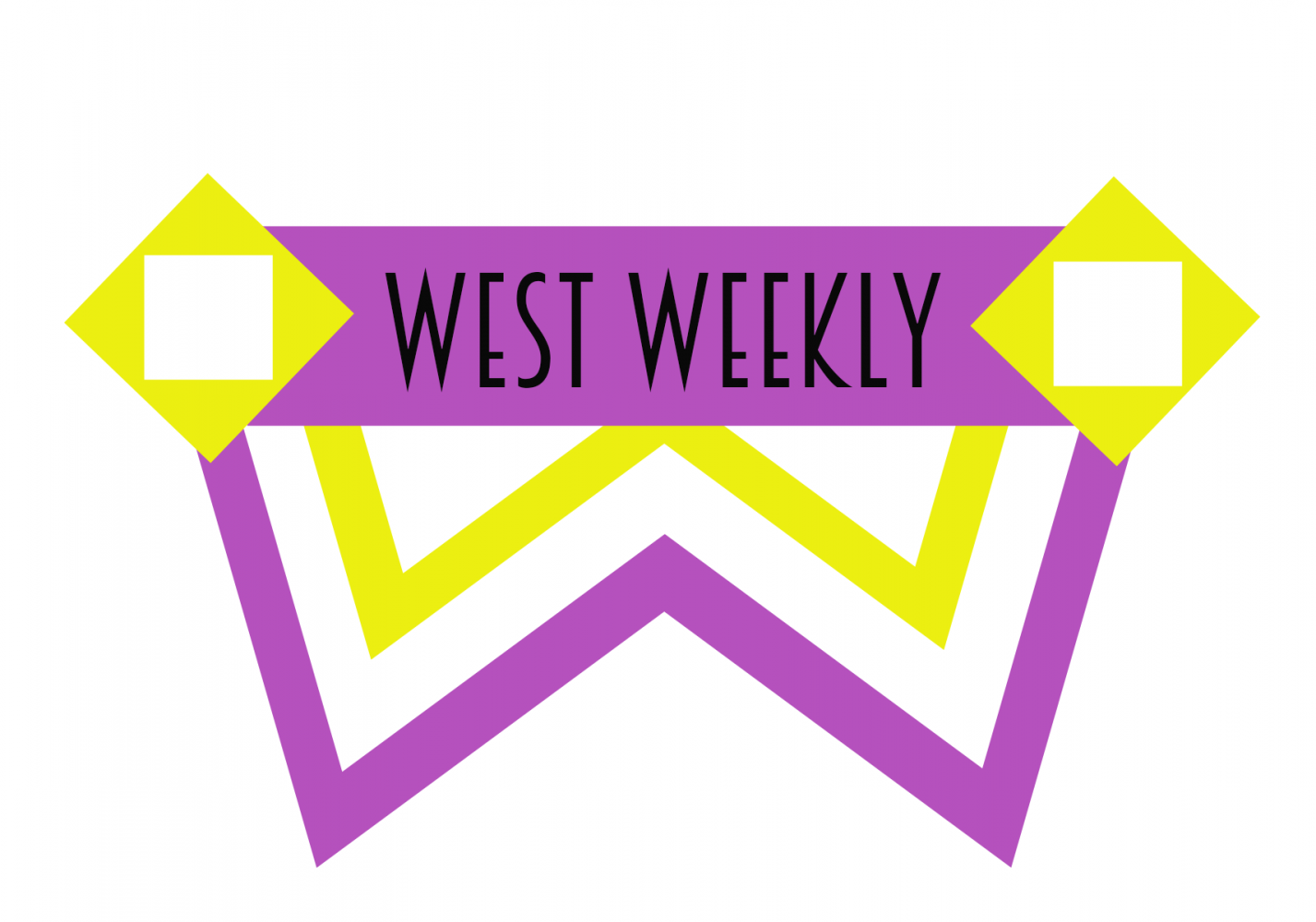There are labels put on our food all the time. Some read ‘low fat’ or ‘multigrain’ or ‘zero grams trans fat’. They seem healthy, causing consumers to take them from shelves without much thought. Little do they know that those foods should be put back right where they came from.
Whenever something says ‘low fat’, almost always that lack of fat is made up of more added sugar. The flavor needs to be replaced by something. Sugar is even worse than fat when it comes to the fat around your midsection because sugar causes your insulin to soar which promotes the storage of unneeded calories.
When something reads ‘multigrain’ it can mean that there are only some whole grains found in the ingredients; the rest are stripped of their nutrients. Look for low sugar and whole wheat on the label instead. I eat Ezekiel bread made from organic sprouted grains. You have to keep this bread in the freezer because it’s so fresh.
Food that people mistake for healthy options are not always very nutritious. If you choose a bagel instead of a doughnut thinking that it’s better for you–think again. The bagel can contain more sugar, calories, and nutrient dense ingredients than some doughnuts, even without the cream cheese. Granola in the morning and some ‘lean’ cereals contain more sugar than what your body needs the entire day. My personal favorite is Kashi, plain shredded wheat or cheerios (check for sugar content on some of the Kashi cereals). Milk also has added sugar (I drink unsweetened Almond Milk).
In fact, 90% of supermarket foods contain additives, which mostly means added sugar or preservatives. Not good. Tomato soup? Added sugar. Baked chips? Hardly more nutritious than the real deal, if anything. Sparkling water and water flavor packets? Some contain aspartame which are known to cause memory loss and headaches. It’s also another form of sugar.
So shop around the aisles in supermarkets, read your labels more closely, and second guess your ‘healthy’ alternative.
Katie Allen
Reporter and Healthy Habits Blogger



